We got to the base camp in Miyako around 9:45AM and Pastor Shimizu, Curt and Gary were eager to finally see this facility about which they’ve heard so much. There were volunteers from the Japan Covenant as well as several others from different groups, all working together.
We went with them to the town of Taro. I’ve shown photos of Taro in previous blogs but this town had one of the best tsunami preparation plans in the world. Multiple see walls culminate in a giant 10 meter high, 2.4km long sea wall that took over 20 years and millions of dollars to build. There are signs all over the town showing escape routes in the event of a tsunami. Giant steel doors in the openings of the sea wall automatically close in the event of an impending tsunami. Automatic alarms sound throughout the town whenever there is a chance of a tsunami. Local schools; Jr. High, Elementary, Kindergarten, and even nurseries, held regular tsunami drills. And yet… the town is simply no longer there. A few clusters of homes remain on the edges of town. But the great majority of homes were completely destroyed. And not even one single store survived the disaster in this town. Not one!
And yet, lest we come to think we understand the scale of this disaster, we soon started to drive south. We drove along the coast all afternoon. The coastal highway doesn’t actually follow the coast line but rather draws a more or less straight line along the base of all the peninsulas, only touching the coast where there are inlets. Even so we drove through multiple towns, villages and cities; Yamada, Kirikiri, Otsuchi, Ryoishi, Kamaishi, Toni, Ofunato, Rikuzen-takata and Kesennuma, just to name a few and it was sheer sensory overload. Yet these represent only a fraction of the actual number of affected population centers since each peninsula has lots and lots of small and isolated coastal communities. Nevertheless there are few words to describe the effect of seeing that much destruction in one day. Around supper time we made it to Shichigahama where we are spending the night at a beautiful vacation cabin owned by a friend. The cabin is on a hill that overlooks the ocean. While you can’t get much closer than that to the ocean it was high enough to be spared any tsunami damage. And yet the surrounding community took the full brunt of the destruction. This cabin is a part of a vacation community but for the life of me I can’t figure out how anyone is going to actually vacation here this summer surrounded by this much pain and death!
As we drove through each town and village Pastor Shimizu read the statistics for us, of how many had died, were missing or were displaced. Hundreds of miles, tens of thousands of people, entire towns… We have likely never been as surrounded by death as we are now. This is death on a scale that is far beyond our ability to actually understand or comprehend. And yet, like the proverbial seed that must die to bring forth new life, we have seen signs of new life right here in the midst of the death.
The reason we drove through Taro was to go to the evacuation center that is about ten minutes north of town, up in the hills. It is a huge facility with multiple structures but the enormous eight court gymnasium is serving as home for 700 former residents of Taro who lost their homes. How do you even fit 700 people in a gymnasium?
And how do you feed 700 people in a place like this?
Our teams have been visiting this evac center for several weeks now and have been able to earn the trust of those who are in charge. The beautiful result is that they have invited us to repeatedly come and play with the children. These kids look like normal kids, and some times even act like normal kids. But every one of them has experienced death in some form or another as a result of the tsunami. Predictably they are starved for love and attention so that’s what our volunteers give them!
We feel incredibly privileged to be given the opportunity to touch the lives of these precious children through the simplest of things like playing together. The signs of death are everywhere and yet in the midst of it all we see the emerging seedlings of new life!

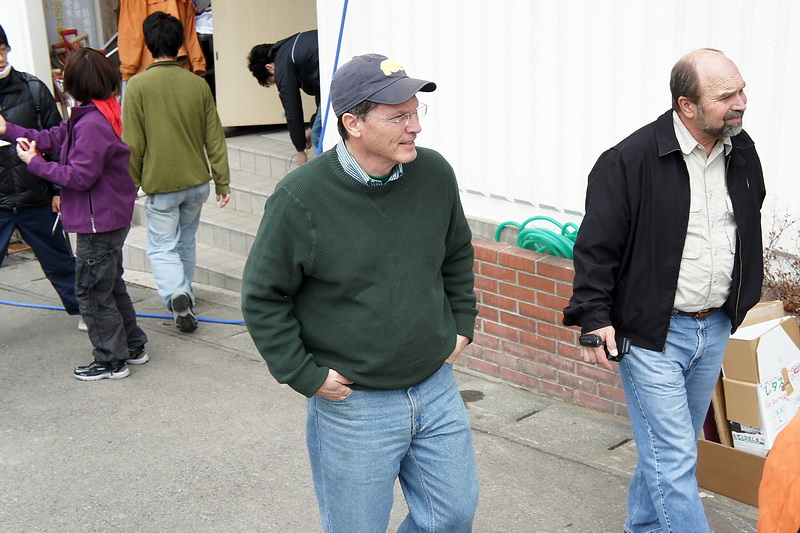
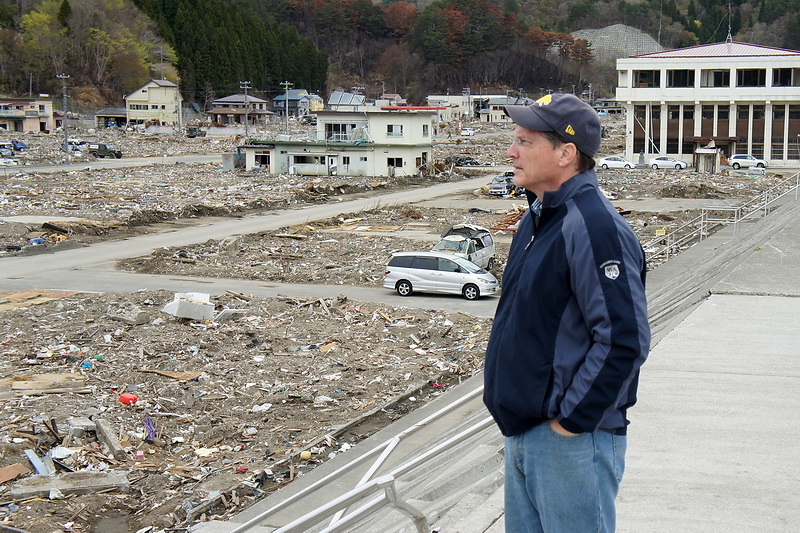
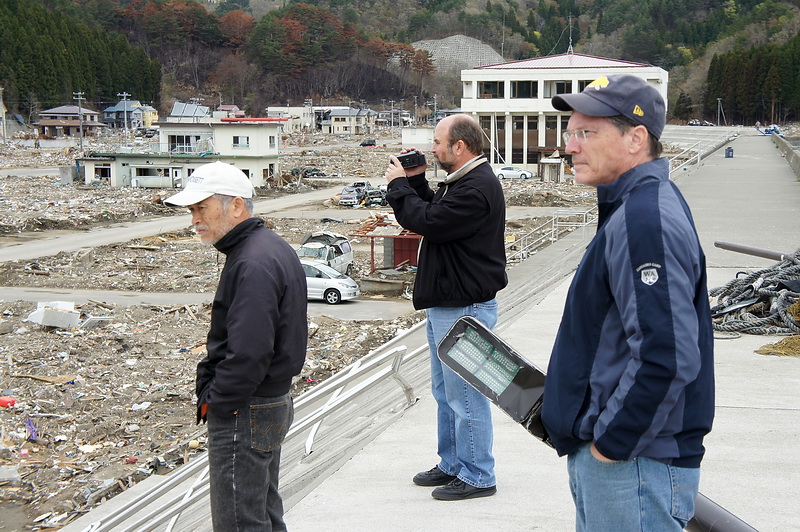

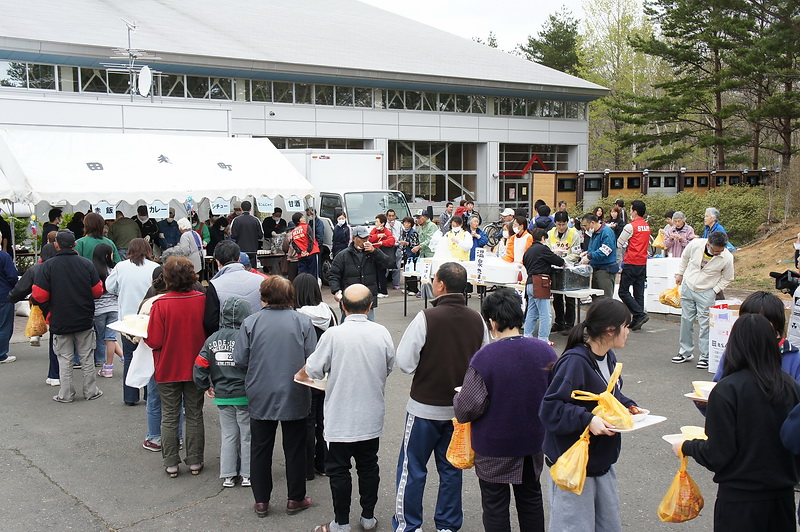
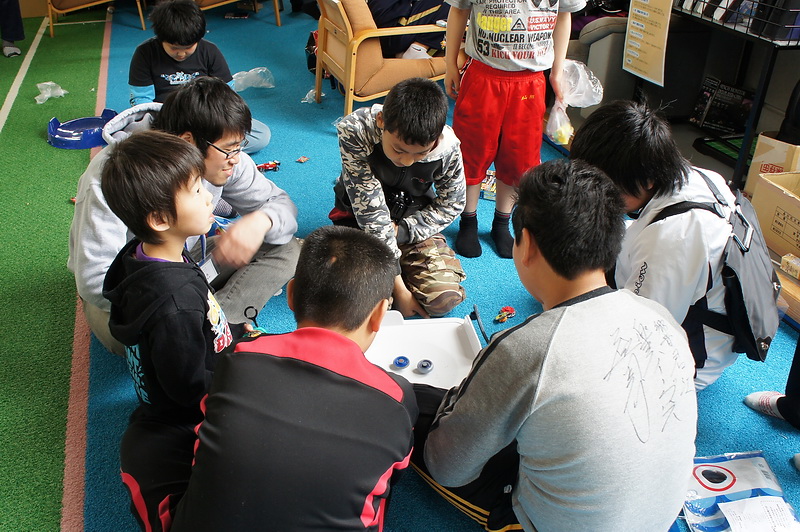
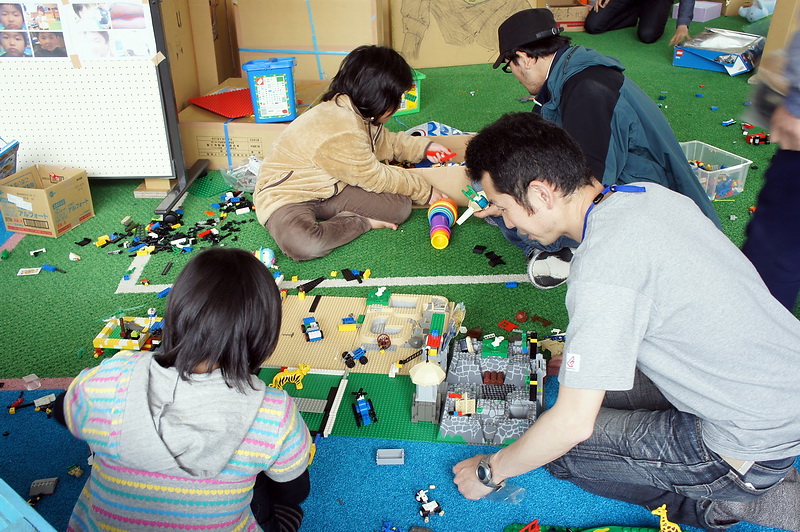
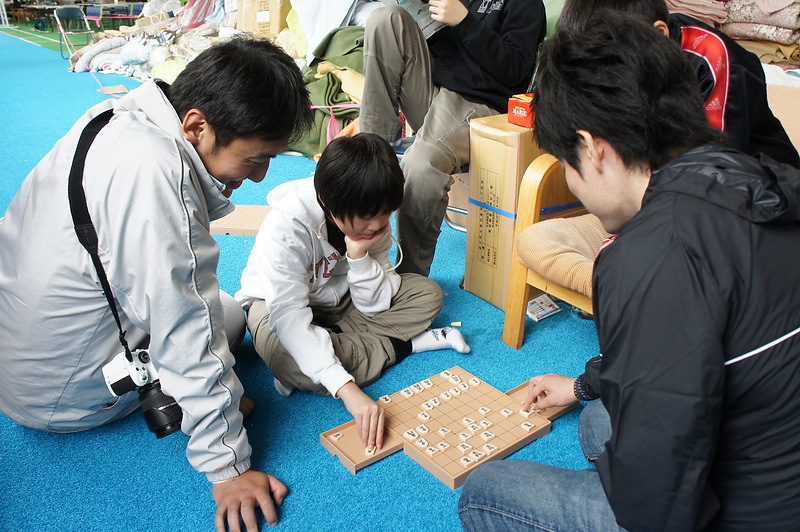

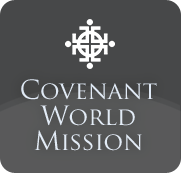
One Response to “Death that Leads to Life”